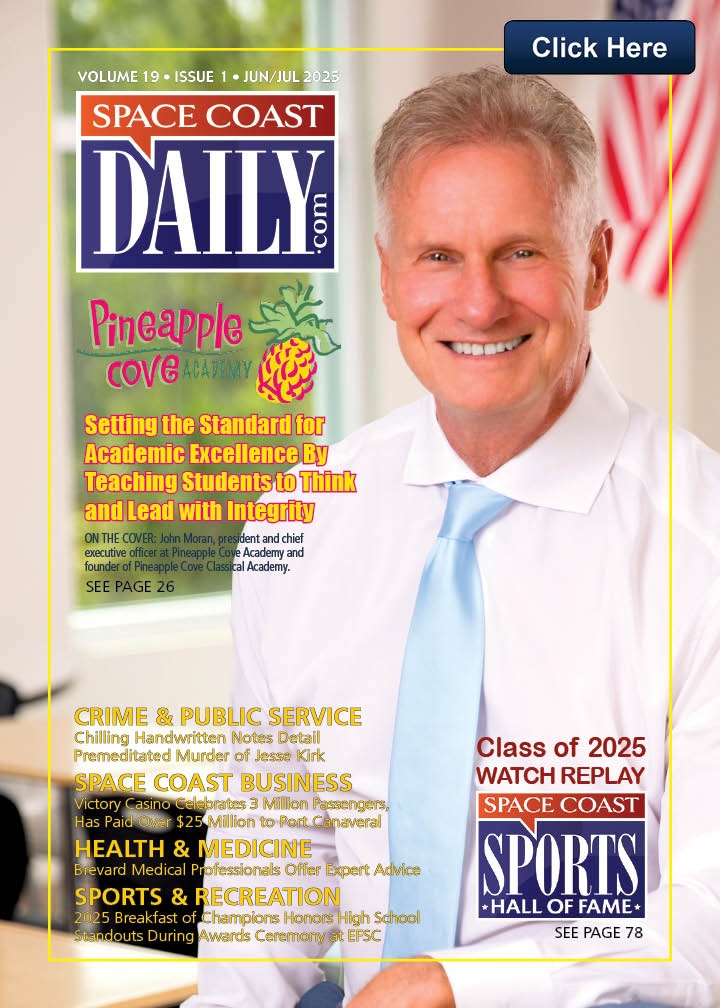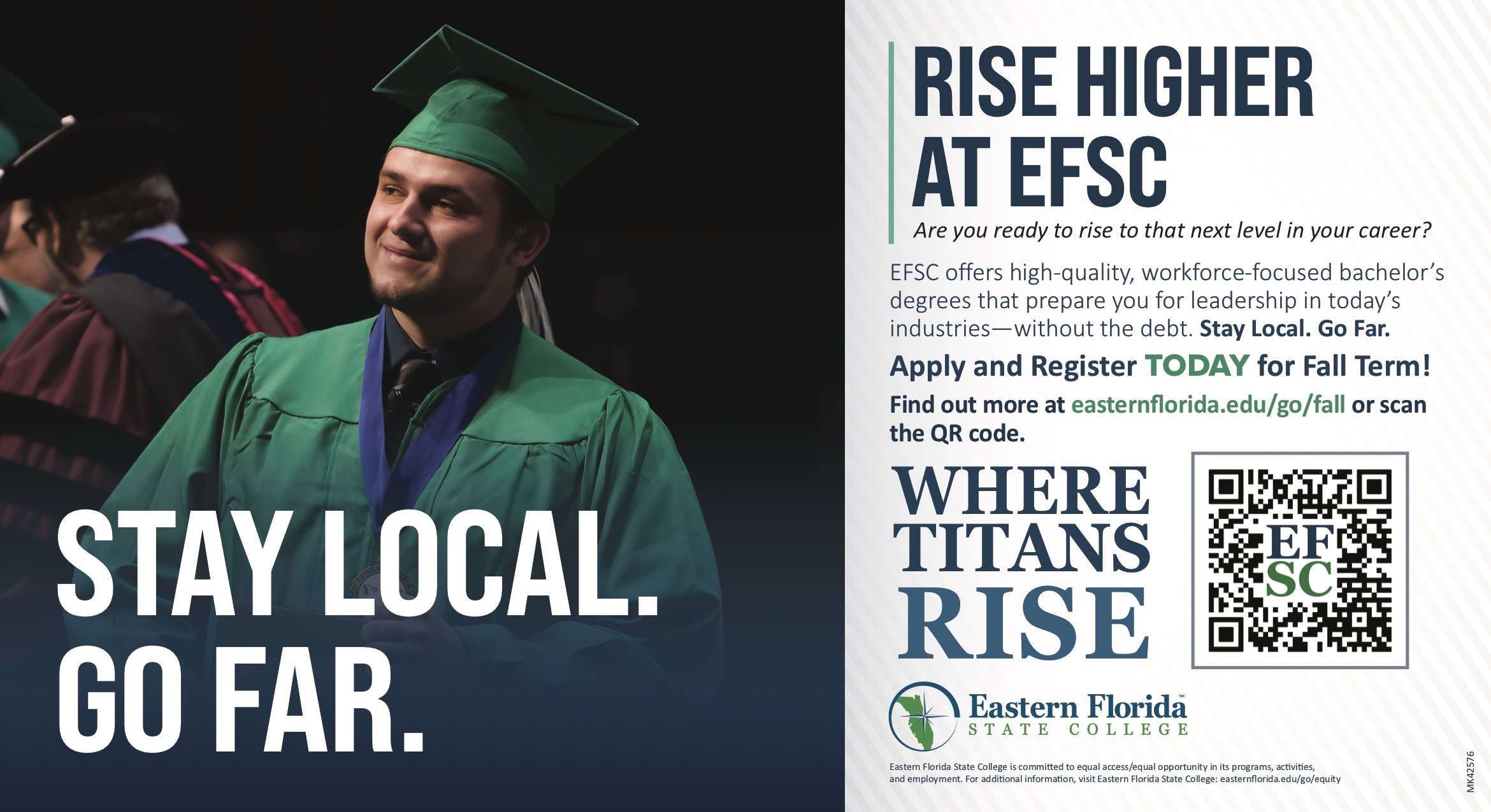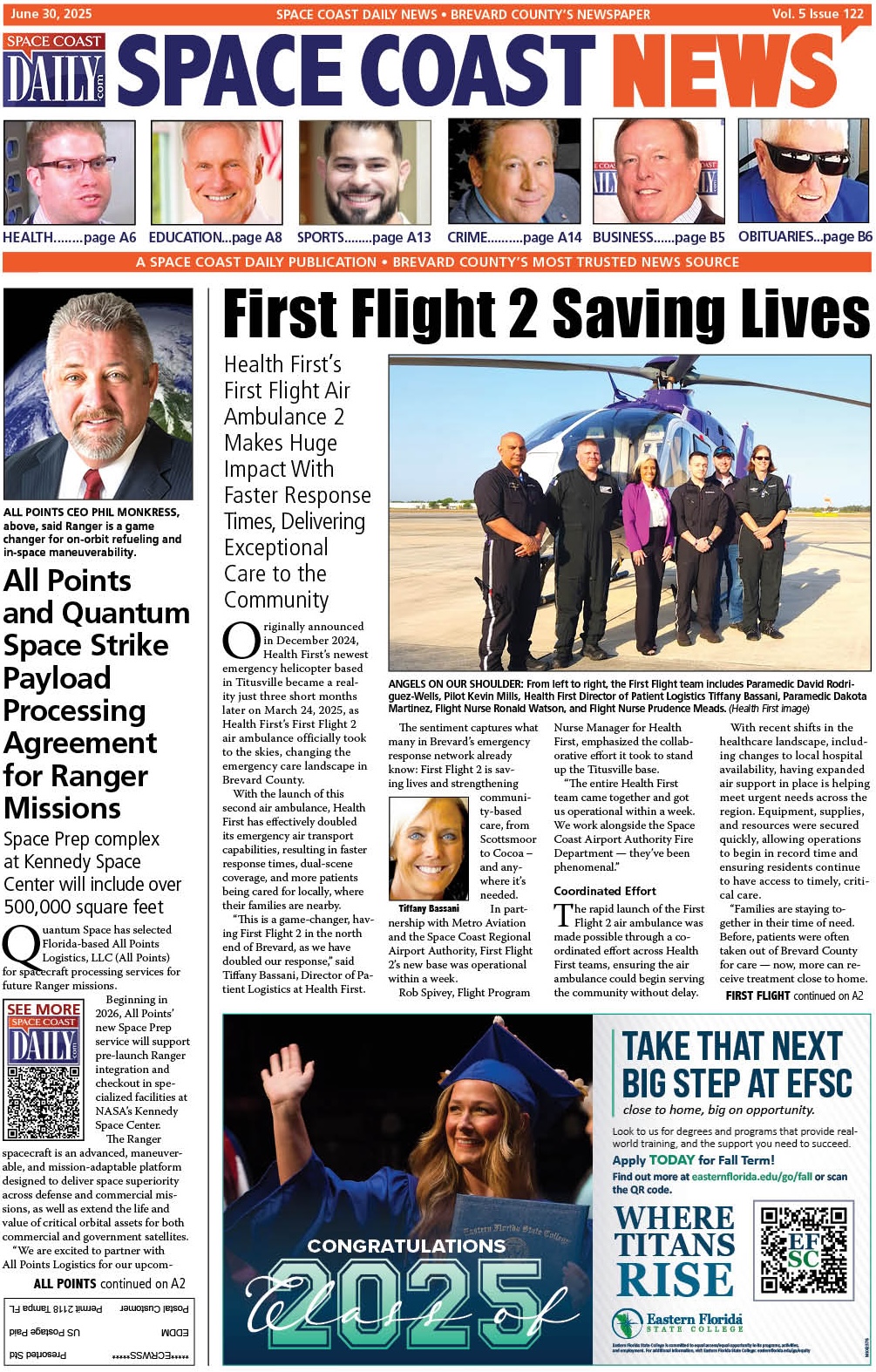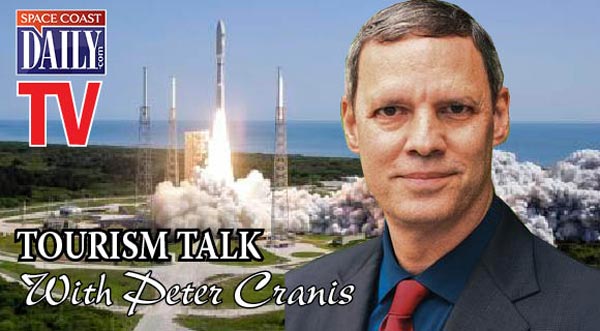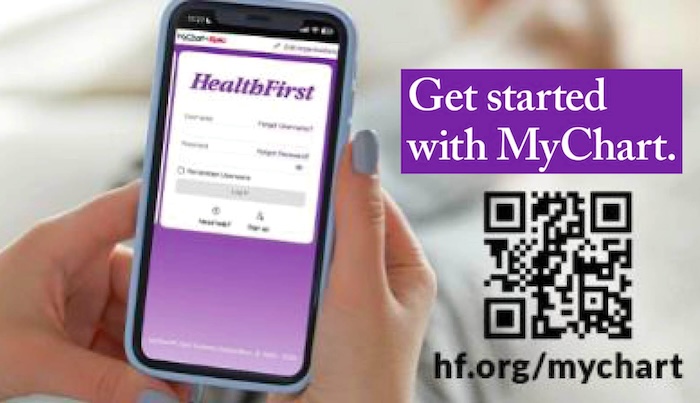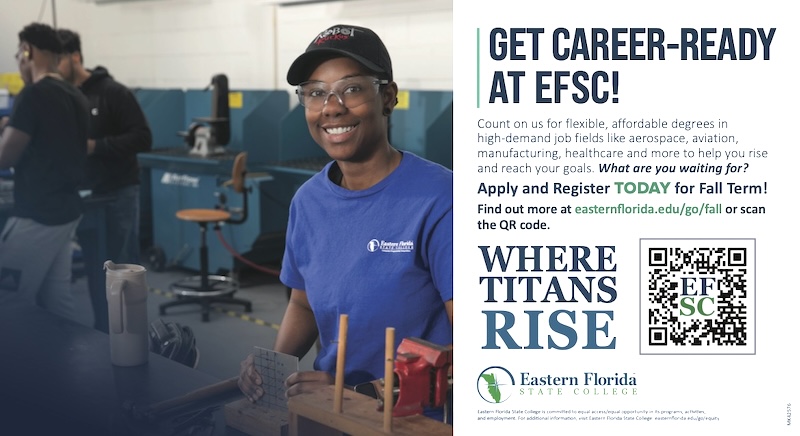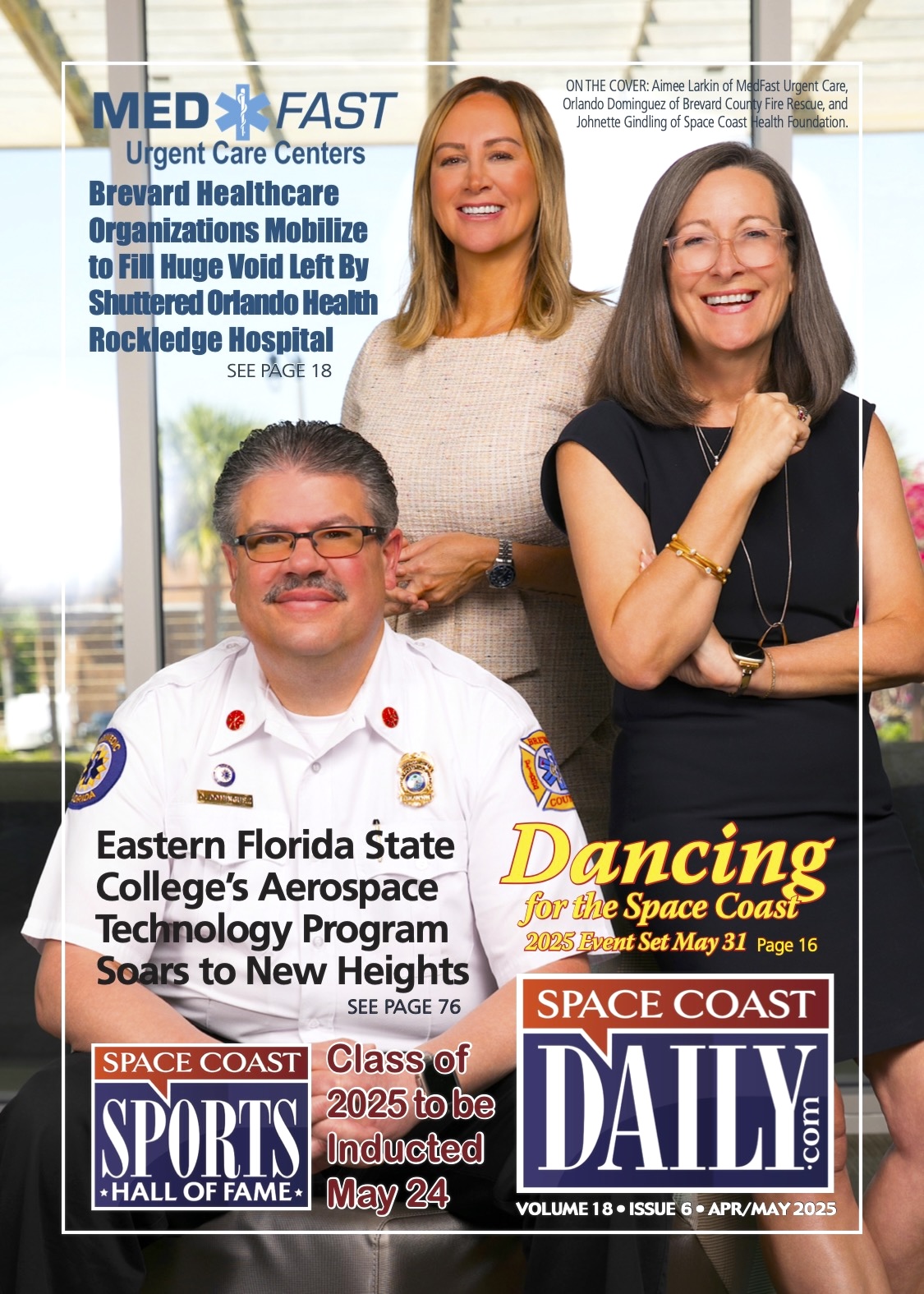NASA Provides Latest Technology in Today’s U.S. Economy, Cutting-Edge Products Improve Daily Life
By NASA // December 16, 2020
benefits the public through new jobs

(NASA) – Whether upgrading air traffic control software or honing the food safety practices that keep our dinner tables safe, NASA has worked for more than six decades to ensure its innovations benefit people on Earth.
One of the agency’s most important benefits is the way investment in NASA pays dividends throughout the U.S. economy.
The latest edition of NASA’s Spinoff publication highlights dozens of companies that have benefited from cooperation with NASA.
This cooperation means investment in existing companies large and small; it eases the path for entrepreneurs to start new businesses, and it benefits the public as a whole through new jobs and cutting-edge products that improve daily life.
“Whether working to send the first woman and next man to the Moon or helping improve the technology that carries passengers from Portland, Maine, to Portland, Oregon, NASA innovators are constantly creating new technology,” said Jim Reuter, associate administrator of the agency’s Space Technology Mission Directorate in Washington.
“Often these advances have wide-ranging benefits well beyond the need they were first imagined to meet. Telling the public that the story is one way we fulfill our mission to find homes for the technology beyond the agency for maximum benefit.”
This year in Spinoff, readers will learn more about:
▪How NASA’s support for small businesses has paid off with safer hip replacements, more efficient supercomputer coolers, and even better water bottles (page 46)
▪How efforts to keep astronauts’ food safe on the way to the Moon have drastically reduced the incidence of food-borne illness around the world (page 58)
▪How years of air traffic research helped shape software that enables airports to track airplanes, predict weather impacts, and find alternative flight paths (page 11)
“Every spinoff story represents a product for sale, developed with NASA technology and expertise,” said Daniel Lockney, Technology Transfer program executive. “The American public benefits not just from the products themselves but also from the infusion of innovations and investment that spur economic development in the form of new ideas, new companies, and new jobs.”
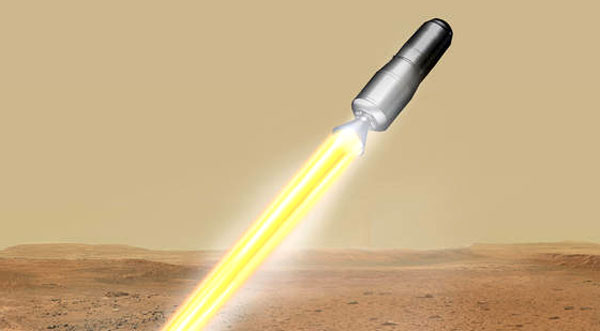
In addition to these commercial success stories, this issue of Spinoff also delves into NASA’s response to the coronavirus (COVID-19) pandemic.
In particular, it highlights how the agency’s Technology Transfer program worked to ensure new or improved innovations – including new ventilators and sterilizers – made it into the hands of businesses and the public for the biggest impact (page 66).
Spinoff 2021 also features 20 NASA technologies that the Technology Transfer program has identified as promising future spinoffs, as well as information on how to license them or partner with NASA to further develop them for commercialization.
As NASA technology continues to blaze a path to the future, the methods of informing the public about their wide-ranging benefits also received an innovative makeover.
NASA’s 2021 Spinoff publication features a modern, fresh design, making it easier than ever to learn how NASA technology and investments in the space program pay dividends for the U.S. economy and the public.
The new Spinoff storytelling approach centers on big-picture trends, such as the far-reaching impact of NASA’s efforts to keep water flowing on the International Space Station, as well as a curated selection of spinoff “capsules” that offer quick hits of cutting-edge technology making life better around the world.
Readers also can find these stories year-round on the reimagined NASA Spinoff website, updated frequently with new stories.
The site allows readers to delve deeper into NASA’s economic impact in different parts of the United States through a searchable map that highlights spinoff successes created in each state.
“Transferring NASA technology beyond the space agency is part of our culture and one of our longest-standing missions,” said Reuter. “We’ve updated the look of the Spinoff publication, but the message is the same: we’re always working to ensure our innovations find the widest benefit, from space to you.”



